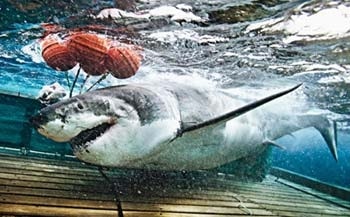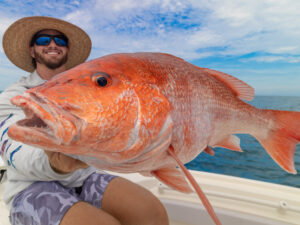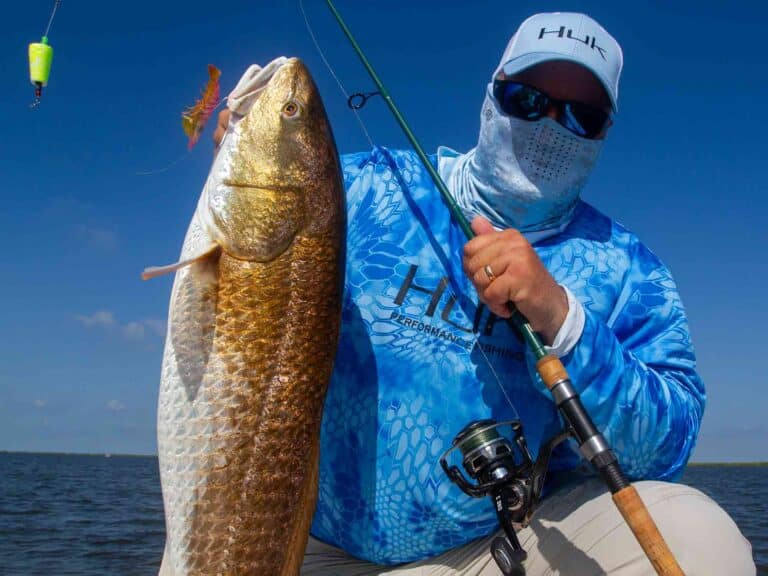
After seeing the movie Jaws, I gave up swimming in the ocean at night. After seeing what Chris Fischer and his crew from the Offshore Adventures television series (fischerproductions.com) did with tagging great white sharks for research, I doubt I’ll ever swim in the ocean again, day or night. This is fantastic stuff and the ultimate collision of cutting edge research and angling experience.
Working with big, wild animals is never an easy task, and when they are really big, have substantial razor-sharp teeth to back up their bulk and have a generally ugly disposition, the job is even harder. When Fischer decided to offer up his services to Dr. Michael Domeier to help capture and attach satellite transmitters to great whites, it seemed like a natural extension of what his captain, Brett McBride, and crew had learned over their years on the water. It was something no one else had ever done, and it provided the ability to unlock the secrets of the great whites’ breeding and birthing.
The mission was to go to Guadalupe Island, off Mexico’s Pacific coast, catch great whites, get them tired enough to work with, and then raise them out of the water on a lift platform in order to attach a transmitter to their dorsal fins. The team would then measure the critters, determine their sex, draw blood and photograph both sides of the animals. All of the above had to be done without losing an arm or leg and quickly enough to return the sharks to the water unharmed.
Dr. Domeier is the president of the Marine Conservation Science Institute and a leading authority on billfish and sharks. Attaching the transmitter to the dorsal fin with plastic bolts allows the transmitter to send information each time the dorsal sticks out of the water. Eleven great whites were tagged and will transmit information for up to six years. The data gathered will allow scientists to better understand this magnificent creature and to protect it for future generations.
It should be noted that great white sharks are a protected species in the United States and considered vulnerable to overfishing globally. Landing great whites is illegal, but Fischer’s crew obtained special permits from the Mexican government to conduct this experiment.

WATCH THE SHOW – This hair-raising research project/extreme angling endeavor was filmed by Fischer Productions for the National Geographic Channel and will air on Monday, Nov. 16, at 9 p.m. EST.









